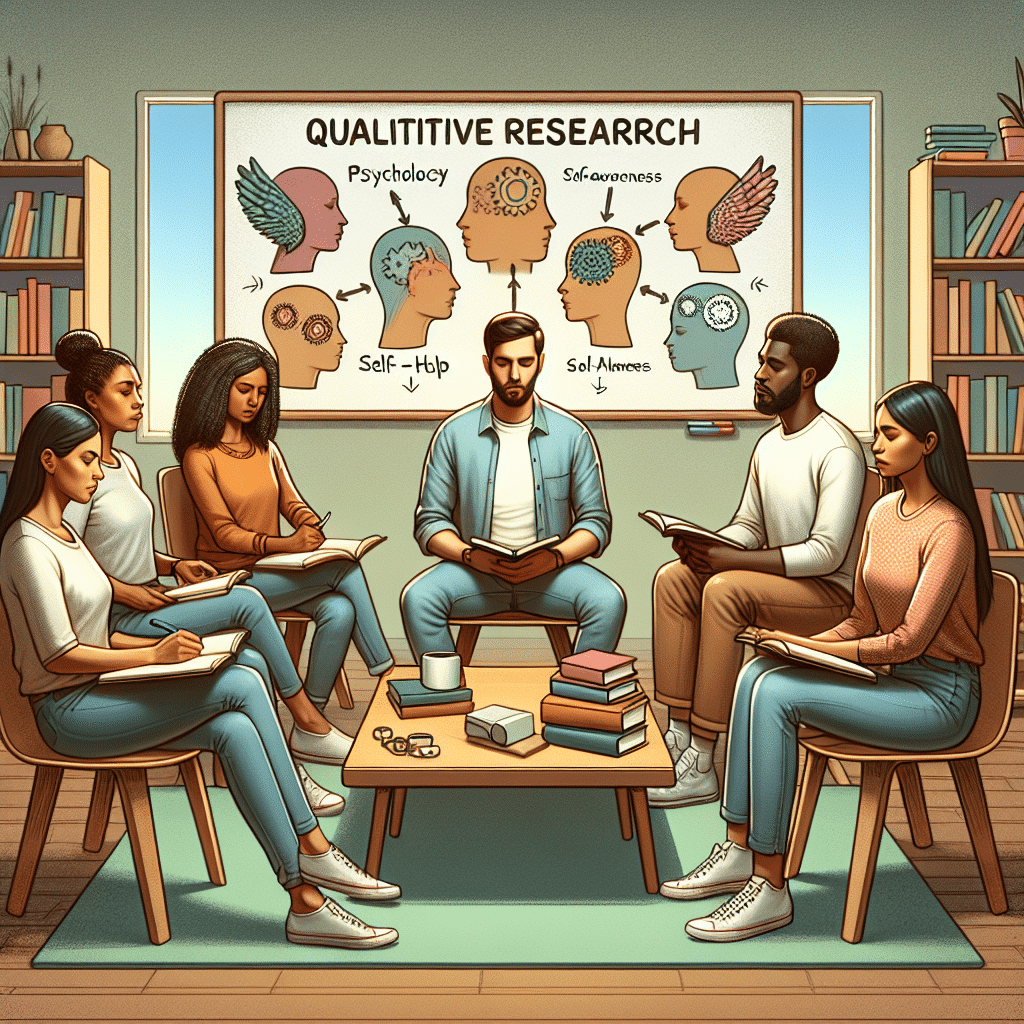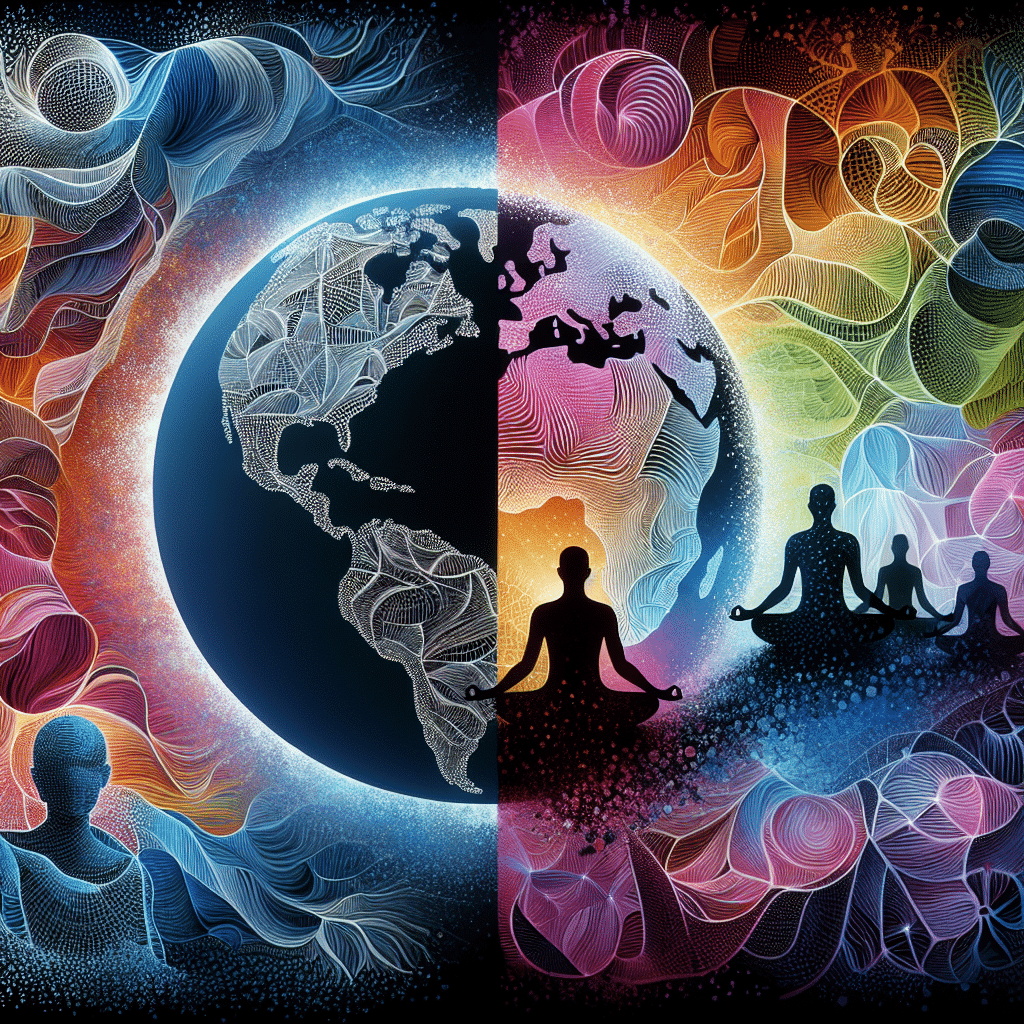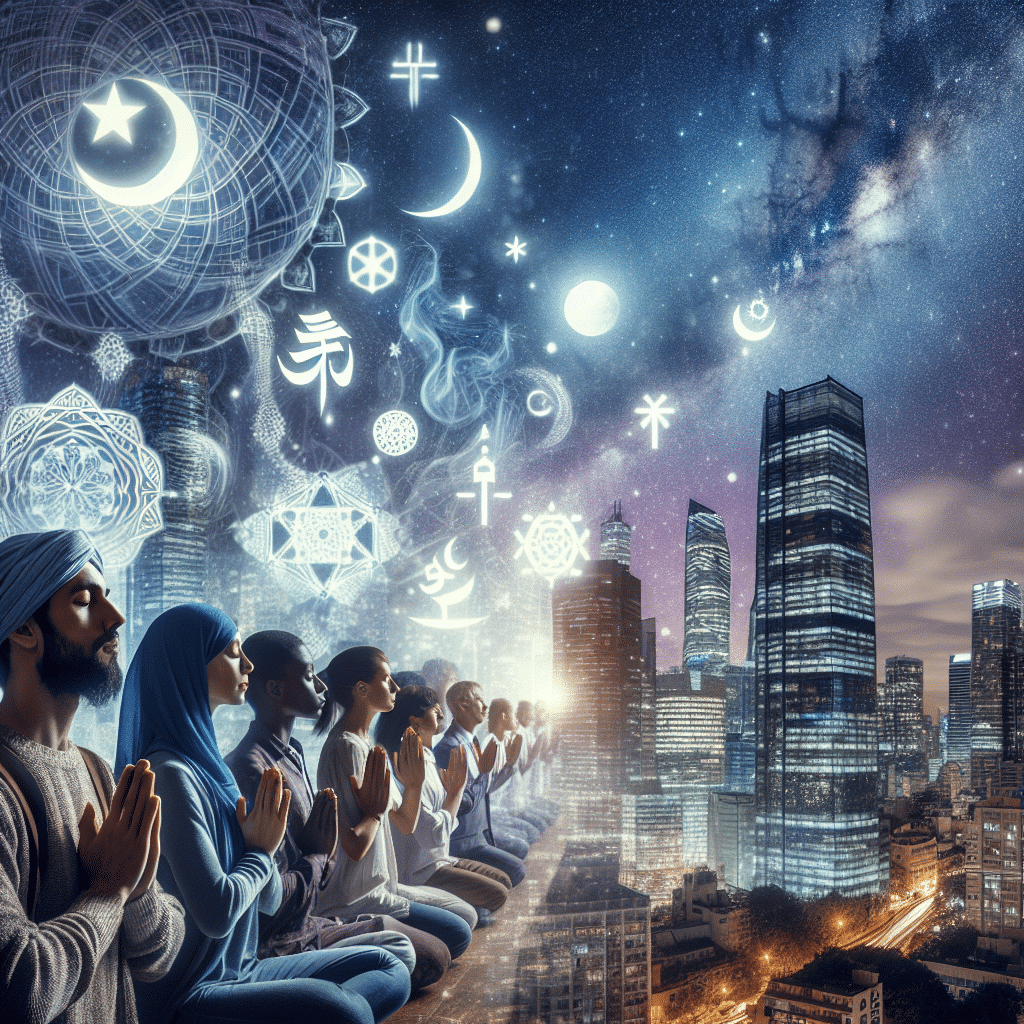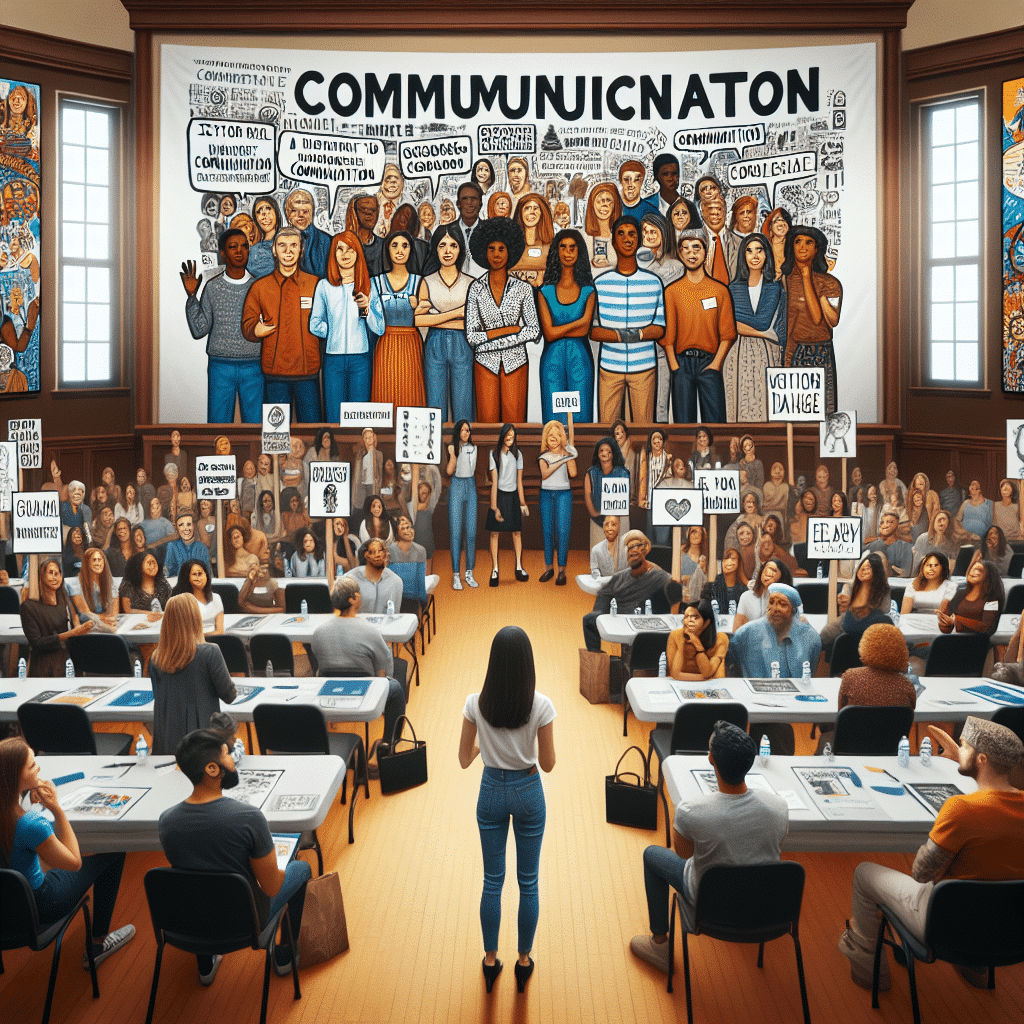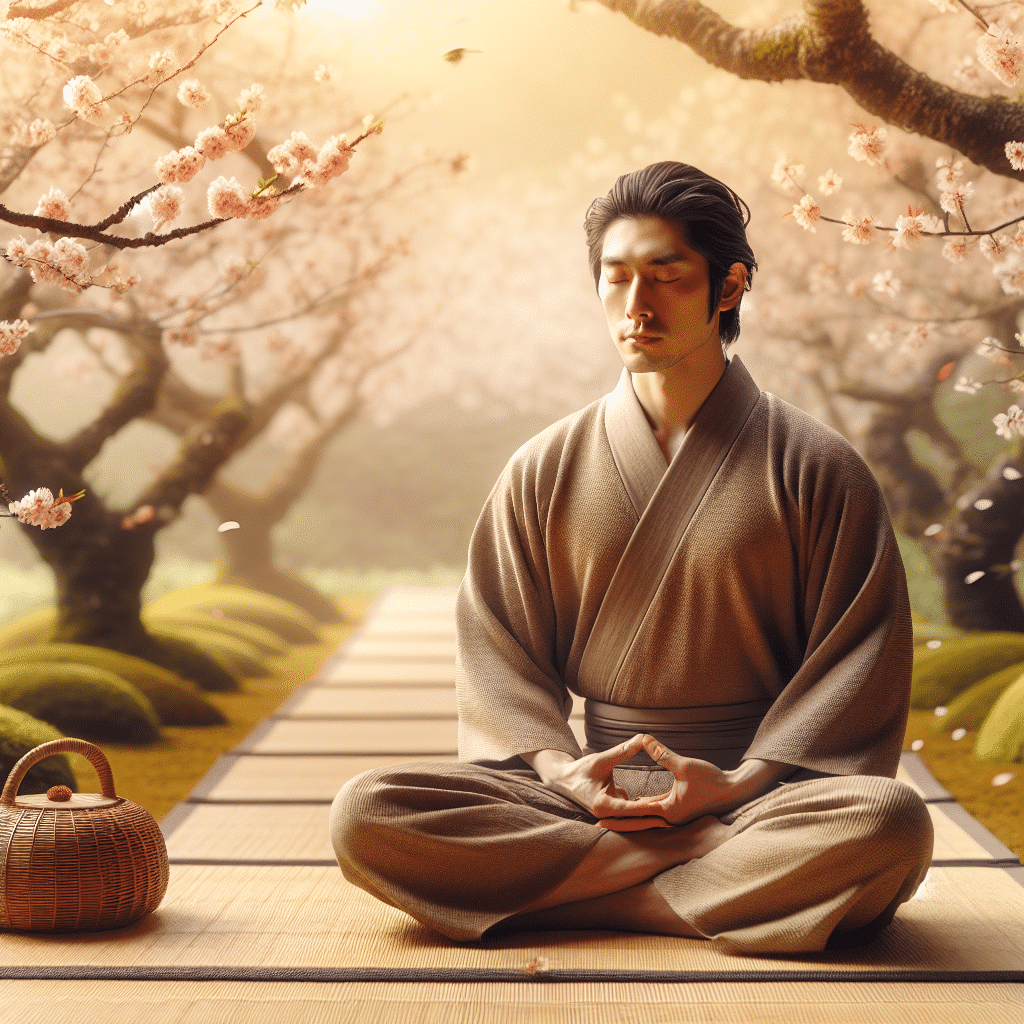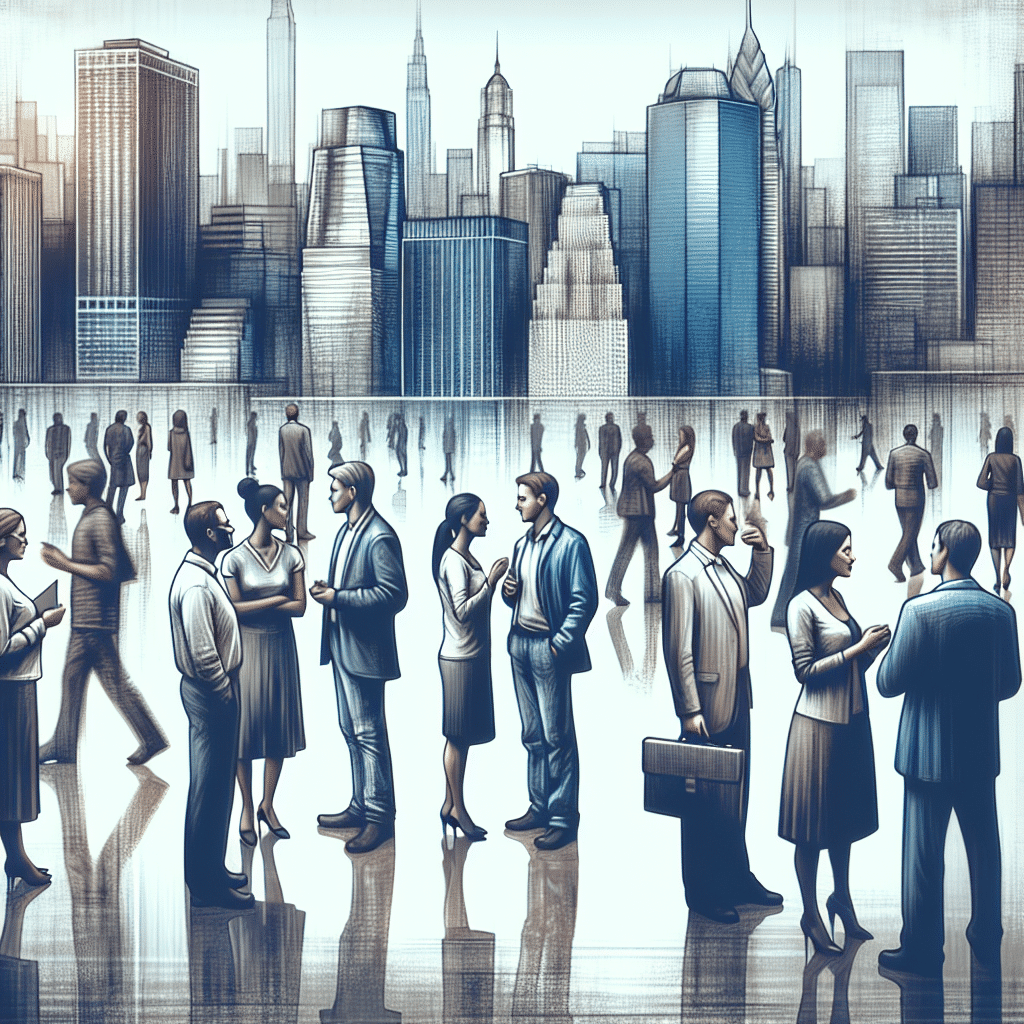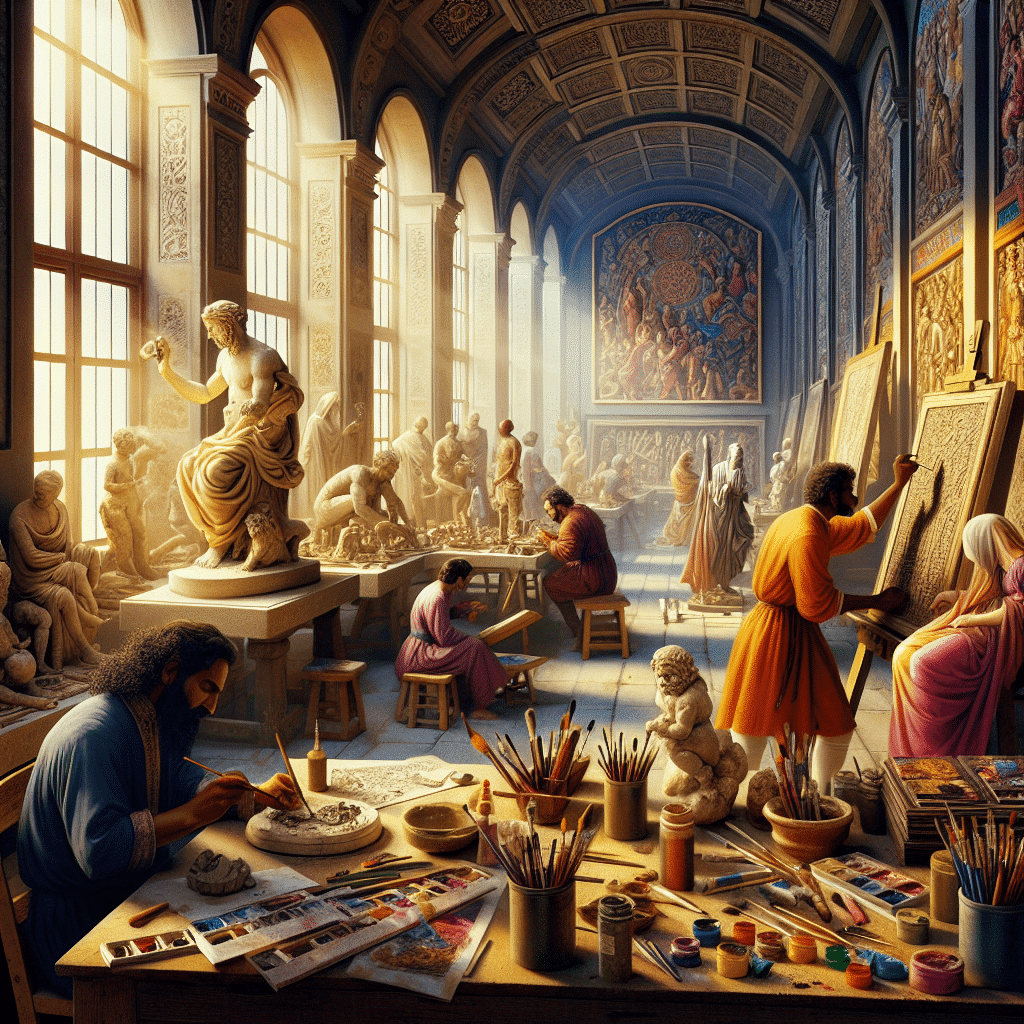
Welcome to our blog post exploring the captivating world of visual arts and the boundless realm of creativity it encompasses. In this article, we will delve into the profound impact of visual arts on our lives, from its rich history to its transformative power in education and beyond. Join us as we embark on a journey of visual expression, exploring the diverse mediums, the creative process, and the global influence of visual arts. Whether you’re an artist, an art enthusiast, or simply intrigued by the wonders of creativity, prepare to be inspired and captivated by the awe-inspiring world of visual arts.
Section 1: Background of Visual Arts
Visual arts, as a diverse and ever-evolving form of human expression, has a rich and intriguing history that spans across cultures and time periods. From ancient cave paintings to contemporary digital art, visual arts encompass a wide range of mediums, including painting, sculpture, photography, and more. The beauty of visual arts lies in its ability to evoke emotions, convey messages, and challenge societal norms. It serves as a powerful platform for artists to communicate their ideas, beliefs, and experiences, ultimately fostering a deeper understanding and appreciation of the world around us.
Throughout history, visual arts have played a significant role in shaping cultures, reflecting social movements, and challenging conventional wisdom. From the classical sculptures of ancient Greece to the Renaissance masterpieces of Leonardo da Vinci, visual arts have often been at the forefront of artistic and intellectual innovation. Artists use their creativity and technique to explore and push the boundaries of what is possible, creating works that inspire, provoke thought, and evoke emotions.
Moreover, visual arts have the power to transcend language barriers, allowing individuals from diverse backgrounds to connect and communicate. It serves as a universal language, enabling artists to convey their unique perspectives and stories. Through visual arts, we can gain new insights into different cultures, traditions, and ways of life, fostering empathy and understanding.
Visual arts also provide a means of personal expression and exploration. Whether it’s through the act of creating art or the act of interpreting it, individuals can gain a deeper understanding of themselves and their place in the world. It offers an outlet for emotions, encourages introspection, and allows for the exploration of personal narratives.
In conclusion, the background of visual arts is a tapestry of human creativity, cultural expression, and personal exploration. It encompasses a rich history, diverse mediums, and the ability to transcend boundaries. Through visual arts, we are able to appreciate the beauty of human imagination and the endless possibilities of artistic expression.
Section 2: Creative Process
The creative process is at the heart of visual arts, driving artists to explore new ideas, experiment with different techniques, and bring their visions to life. It is a journey of self-expression, problem-solving, and reflection.
At the core of the creative process is inspiration. Artists find inspiration from various sources, such as nature, culture, personal experiences, or societal issues. It is through this inspiration that artists generate ideas and concepts for their artworks.
Once inspired, artists embark on the process of bringing their ideas to fruition. This often involves sketching, brainstorming, and experimenting with different materials and techniques. Artists make deliberate choices about elements such as color, composition, texture, and form to create their desired visual impact.
The creative process is also characterized by a sense of experimentation and risk-taking. Artists may encounter challenges and obstacles along the way, but these moments of uncertainty often lead to breakthroughs and unexpected discoveries. It is through this trial-and-error process that artists push the boundaries of their own abilities and expand their creative horizons.
Additionally, the creative process involves a constant dialogue between the artist and their artwork. Artists refine and revise their creations, seeking a sense of balance, harmony, and intentionality. They make decisions about when to add or subtract elements, when to emphasize or downplay certain aspects, and when to step back and observe their work from a different perspective.
Ultimately, the creative process is a deeply personal and transformative experience for artists. It is a journey of self-discovery, growth, and self-expression. Through their creative process, artists not only create visually captivating artworks but also delve into the depths of their emotions, thoughts, and experiences.
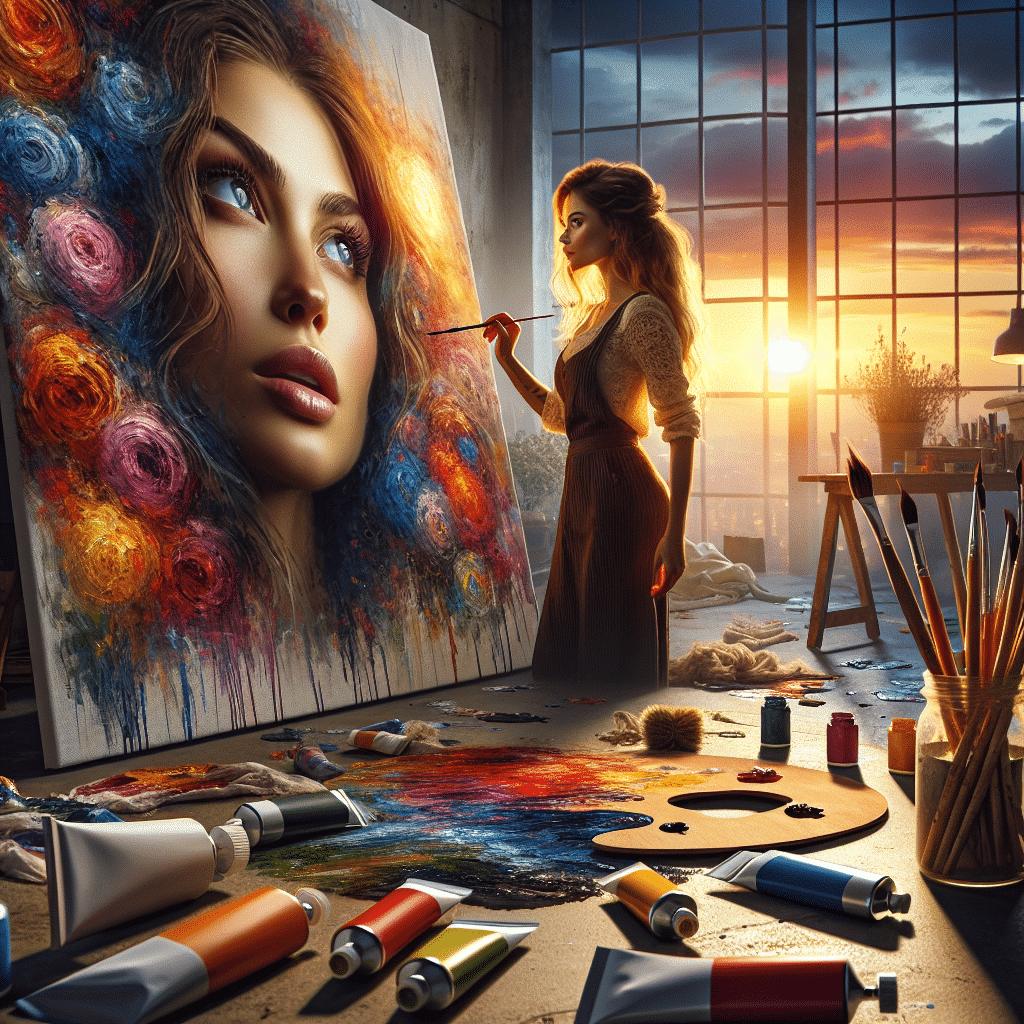
Section 3: Benefits of Arts in Education
The inclusion of visual arts in education has numerous benefits for students of all ages. By incorporating visual arts into the curriculum, students are provided with a unique opportunity to develop their creativity, critical thinking skills, and emotional intelligence.
One of the primary benefits of arts education is the enhancement of creativity. Through engagement in visual arts activities, students learn to think outside the box, explore new ideas, and express themselves in innovative ways. This fosters their ability to approach problems from multiple perspectives and develop unique solutions.
Visual arts also support the development of critical thinking skills. When creating artworks, students are encouraged to analyze, interpret, and evaluate their own work and the work of others. They learn to make connections, identify patterns, and think critically about the elements and principles of art.
Emotional intelligence is another area that is nurtured through arts education. Visual arts provide a platform for students to explore and express their emotions, improving their self-awareness and empathy for others. Through art-making, students learn to communicate their thoughts and feelings visually, fostering emotional intelligence and self-regulation.
Moreover, engaging in visual arts education can positively impact academic performance. Research has shown that students involved in the arts often demonstrate improved comprehension, problem-solving skills, and overall academic achievement. The cognitive processes involved in creating and analyzing artwork can strengthen memory, attention, and spatial skills, which can transfer to other areas of learning.
Lastly, visual arts also play a significant role in promoting cultural awareness and inclusivity. The exploration of diverse artistic styles, traditions, and cultural representations helps students develop an appreciation for different perspectives and fosters cultural understanding.
In conclusion, the inclusion of visual arts in education brings a multitude of benefits to students. From enhancing creativity and critical thinking skills to nurturing emotional intelligence and promoting cultural awareness, arts education provides a holistic learning experience that complements and enhances other academic disciplines.
Section 4: The Intersection of Arts and Technology
In today’s digital era, the intersection of arts and technology has opened up new and exciting possibilities for creative expression. The integration of technology in visual arts has transformed the way artists create, share, and interact with their artwork.
One of the significant ways that technology has influenced the visual arts is through digital art creation. Digital tools and software have given artists a new medium to explore innovative techniques, experiment with different styles, and push the boundaries of traditional art forms. Artists can now create digital paintings, 3D sculptures, and interactive installations, offering new avenues for artistic expression.
Technology has also revolutionized the way artists exhibit and share their work. Online platforms and social media have provided artists with a global stage to showcase and promote their artwork. Artists can now reach a broader audience, connect with other creative individuals, and gain recognition for their work through digital platforms.
The use of technology in the visual arts has also influenced the way art is experienced by the audience. Virtual reality (VR) and augmented reality (AR) technologies have allowed viewers to immerse themselves in artworks, providing an interactive and engaging experience. This opens up new possibilities for creating multisensory and interactive installations, where the audience becomes an active participant in the artistic process.
Additionally, technology has facilitated the preservation and conservation of artworks. Digital imaging and scanning techniques enable high-resolution documentation of artwork, aiding in the preservation and restoration of valuable pieces. This ensures that artworks can be enjoyed by future generations, even when the original piece is inaccessible due to geographical or logistical constraints.
The intersection of arts and technology brings together the traditional and the contemporary, creating exciting opportunities for artistic innovation and collaboration. As technology continues to advance, the visual arts will undoubtedly evolve, allowing artists to explore new artistic mediums and push the boundaries of creativity.
Section 5: The Global Impact of Visual Arts
The visual arts not only have a profound impact on individuals and communities but also play a significant role in shaping the cultural landscape on a global scale. Art has the power to transcend language barriers and cultural differences, connecting people from diverse backgrounds through shared visual experiences.
Visual arts have been a means of cultural expression and communication throughout history, reflecting the values, beliefs, and experiences of different societies. Artworks from different regions and time periods provide valuable insights into the cultural heritage and history of numerous civilizations.
Art has the ability to challenge societal norms, provoke thoughtful discussions, and promote social change. Visual artworks often tackle important social, political, and environmental issues, sparking conversations and inspiring action. Artists have the platform to raise awareness, foster empathy, and ignite dialogue about critical global challenges.
Art exhibitions and cultural institutions serve as cultural ambassadors, promoting intercultural exchange and understanding. Museums, galleries, and art festivals attract visitors from around the world, creating opportunities for cultural immersion and the celebration of diverse artistic traditions.
Furthermore, the global art market drives economic growth and fosters international collaboration. Sales of artworks, art events, and art-related industries contribute to the economy of numerous countries, generating employment opportunities and supporting creative industries.
As technology continues to connect us globally, the impact of visual arts has expanded far beyond geographic boundaries. Online platforms and social media have made it easier for artists to gain recognition on an international scale, reaching audiences across different continents and cultures.
In conclusion, the visual arts have a powerful global impact, fostering cultural interchange, promoting social change, and contributing to economies worldwide. By appreciating and supporting the visual arts, we can celebrate our shared humanity and appreciate the diversity of artistic expressions that enrich our global community.
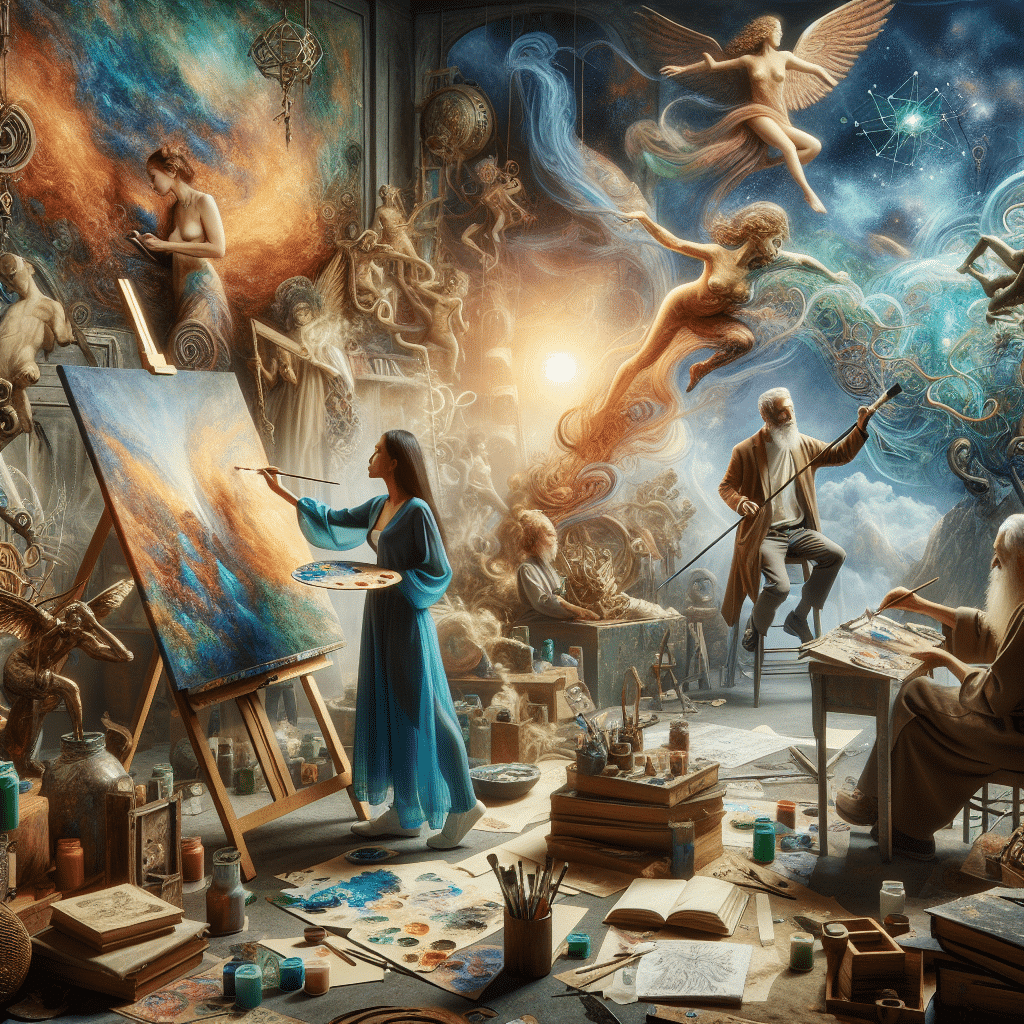
Conclusion
In summary, the visual arts have a profound impact on individuals, communities, and the world at large. They stimulate creativity, foster self-expression, and serve as a powerful tool for communication and self-reflection. Through the creative process and the exploration of visual mediums, individuals can gain new insights, develop critical thinking skills, and cultivate a deeper understanding of themselves and the world around them.
Furthermore, the global impact of visual arts extends beyond cultural borders, connecting people from diverse backgrounds and promoting intercultural understanding. Visual arts have the power to challenge societal norms, provoke dialogue, and inspire positive change within societies. Additionally, the economic and cultural contributions of the visual arts industry play a significant role in driving economic growth and promoting cultural exchange on a global scale.
By embracing and supporting the visual arts, we can foster creativity, enhance emotional well-being, and promote a more inclusive and interconnected world. Whether as artists, art enthusiasts, or supporters of art education and cultural institutions, we can all play a part in harnessing the power of visual arts for personal and global transformation.

